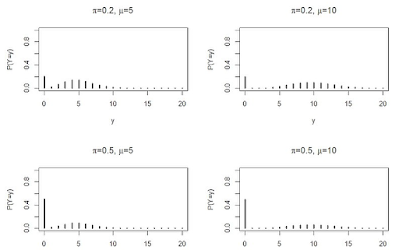How to solve Bayesian Problems using a table

Example 1. A cab was involved in a hit-and-run accident at night. Two cab companies, the Green and the Blue, operate in the city. You are given the following data: 85% of the cabs in the city are Green and 15% are Blue. A witness identified the cab as Blue. The court tested the reliability of the witness under the circumstances that existed on the night of the accident and concluded that the witness correctly identified each one of the two colors 80% of the time and failed 20% of the time. What is the probability that the cab involved in the accident was Blue rather than Green? Solution Example 2: Medical Diagnosis: A certain medical test for a disease is known to be 99% accurate. However, the disease is rare, occurring in only 1% of the population. If a person tests positive for the disease, what is the probability that they actually have the disease? Example 3: Coin Toss: You have two coins in a bag. One is a fair coin (heads and tails are equally likely), and the other is...

